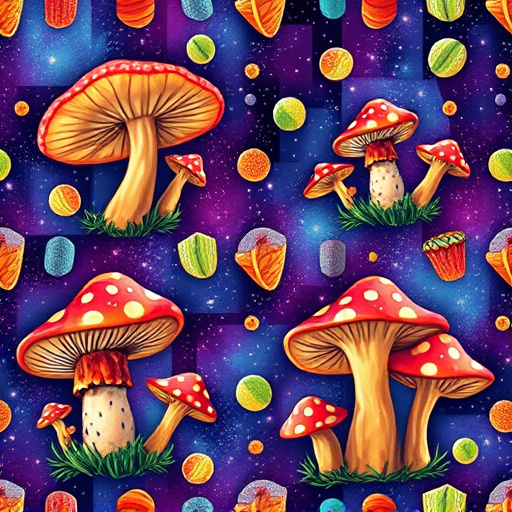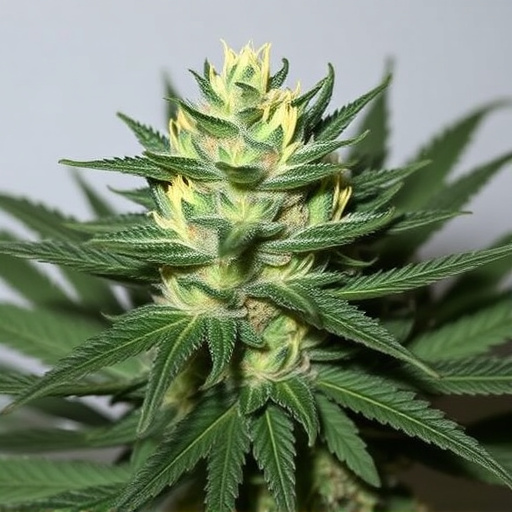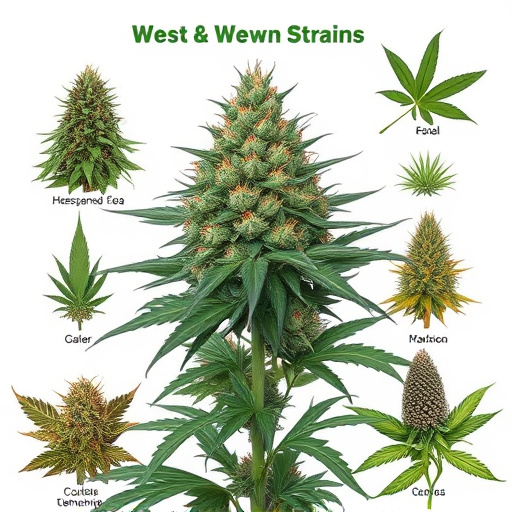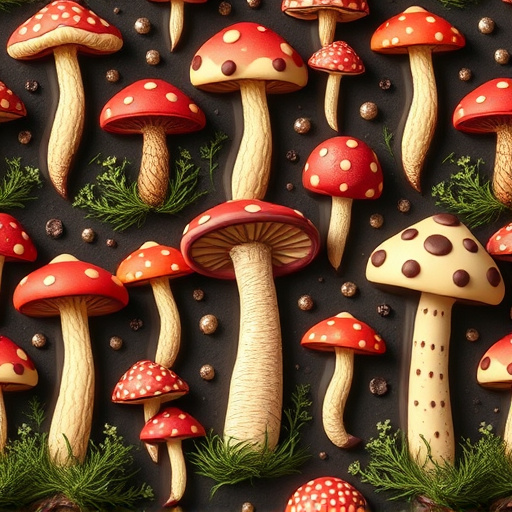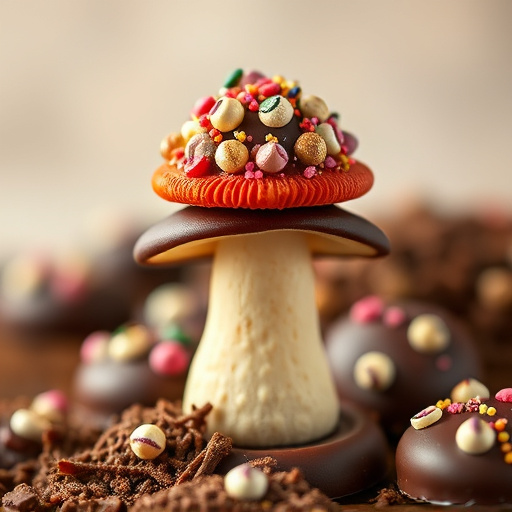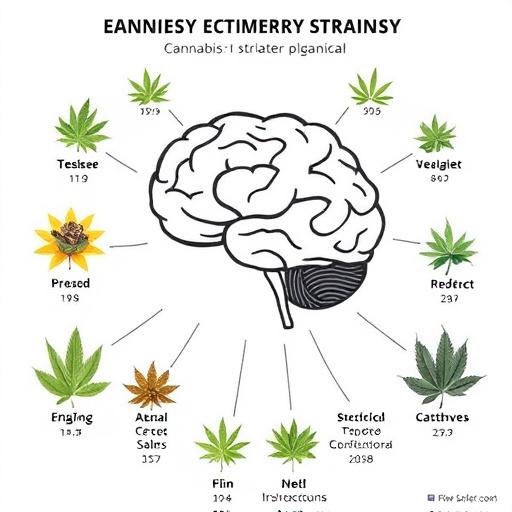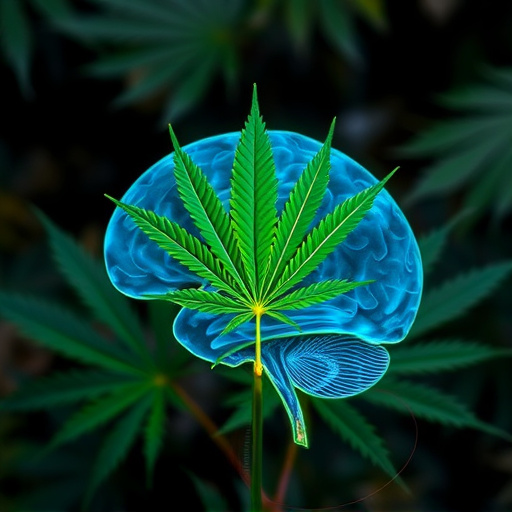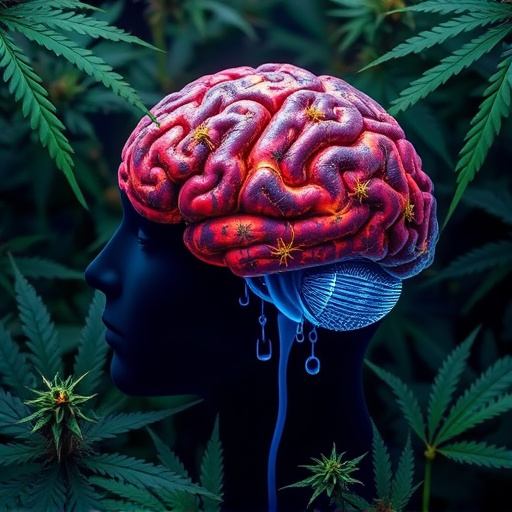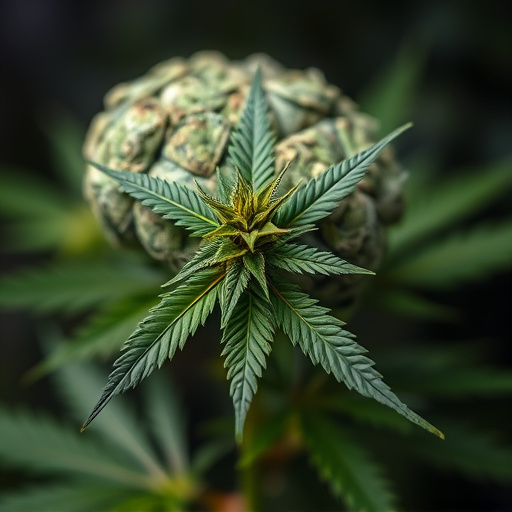The duration of a cannabis high varies based on strain (high THC vs. CBD), tolerance, age, health, and setting. High-THC strains offer intense but potentially anxiety-inducing highs, while high-CBD strains provide milder, therapeutic effects, beneficial for managing epilepsy and seizure frequency due to their anti-seizure properties, such as with Charlotte's Web strain. Cannabis is gaining recognition in medicine for its potential as an alternative or adjunctive treatment for epilepsy, revolutionizing available options and improving patient well-being.
Unraveling the duration of a weed high is a complex dance between various factors. In this article, we explore the intricate web of elements that shape the longevity of cannabis experiences. From the potent powers of different cannabis strains to their specific effects on managing conditions like epilepsy, understanding these factors is key. Discover how genetic profiles and terpene content play a role in dictating the intensity and duration of the high, offering insights for both recreational users and those seeking natural remedies.
- Factors Influencing Weed High Duration
- Cannabis Strains and Their Effect on High Intensity
- Epilepsy and Cannabis: A Look at Specific Strains for Management
Factors Influencing Weed High Duration
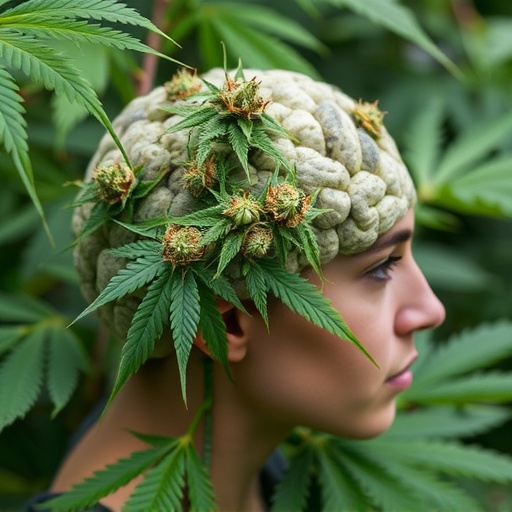
The duration of a weed high can vary significantly from person to person and is influenced by several factors. One key element is the specific cannabis strain consumed. Different strains have distinct chemical compositions, with varying levels of THC (tetrahydrocannabinol), CBD (cannabidiol), and other cannabinoids. Strains high in THC tend to induce stronger and longer-lasting highs, while those with higher CBD content may offer a milder and shorter duration effect. For individuals seeking relief from conditions like epilepsy, cannabis strains known for their high CBD content have shown promise in reducing seizures and may provide a more controlled and predictable high.
Additionally, an individual’s tolerance level plays a crucial role. Regular users may develop a higher tolerance to THC, leading to shorter highs compared to occasional consumers. Age and overall health also contribute; younger individuals might experience longer-lasting highs than older adults. Environmental factors such as the setting where cannabis is consumed can impact the perception of duration. A relaxed atmosphere with low stress levels may enhance the sense of being ‘high’ while reducing the perceived time elapsed.
Cannabis Strains and Their Effect on High Intensity
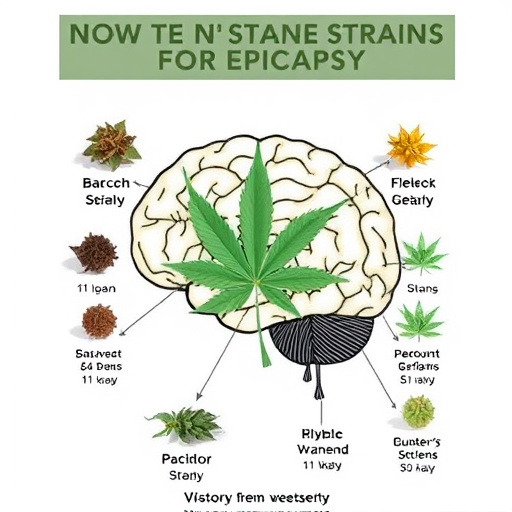
Cannabis strains play a significant role in determining the intensity and duration of a high. Different strains contain varying levels of cannabinoids, particularly THC (tetrahydrocannabinol) and CBD (cannabidiol), which are responsible for producing psychoactive effects and potential medical benefits. High-THC strains tend to induce more potent highs, often characterized by enhanced euphoria, heightened senses, and increased creativity—effects that many users enjoy recreationally. However, these intense experiences can also lead to anxiety or paranoia in some individuals, especially with higher THC concentrations.
When it comes to managing medical conditions like epilepsy, specific cannabis strains have shown promise due to their high CBD content. CBD is known for its anti-seizure properties and has been used as a complementary treatment option. Strains rich in CBD offer a more subtle high compared to those high in THC, focusing on delivering therapeutic benefits without the strong psychotropic effects. This subtle yet effective experience can be particularly beneficial for patients looking to alleviate seizure frequency or manage symptoms related to epilepsy without the potential negative side effects associated with conventional pharmaceuticals.
Epilepsy and Cannabis: A Look at Specific Strains for Management
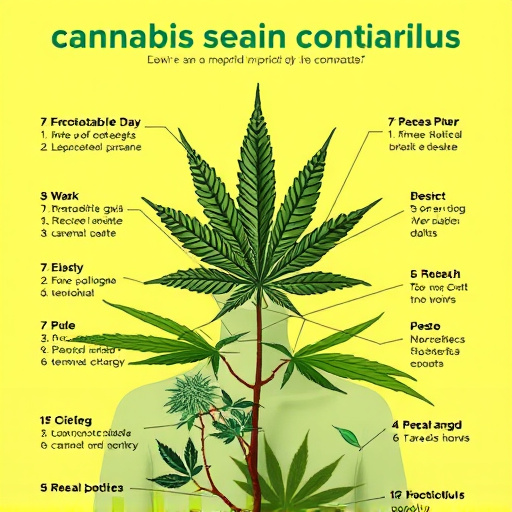
Cannabis has been used for medical purposes for centuries, and its modern application extends to managing various conditions, including epilepsy. Epilepsy is a neurological disorder characterized by recurrent seizures, which can be debilitating and life-altering. In recent years, researchers have explored the potential of specific cannabis strains as an alternative or adjunctive treatment for epilepsy.
Certain cannabis strains are known for their high levels of cannabidiol (CBD), a non-psychoactive compound that has shown significant anti-seizure properties. Strains like Charlotte’s Web, with its exceptionally high CBD content, have gained popularity in the medical community for their ability to reduce seizure frequency and intensity. These strains offer a promising approach to managing epilepsy without the psychoactive effects of tetrahydrocannabinol (THC). Additionally, some patients report improved overall well-being and quality of life when using cannabis for epilepsy, highlighting the potential for these natural compounds to revolutionize treatment options.
In conclusion, the duration of a weed high is influenced by various factors, including cannabis strain potency and composition. Different strains can significantly impact the intensity and longevity of effects, with specific profiles offering unique benefits, such as those explored in relation to managing epilepsy symptoms. Understanding these variations allows users to make informed choices, ensuring optimal experiences tailored to their needs, whether for recreational or medicinal purposes, like using certain cannabis strains for epilepsy treatment.
